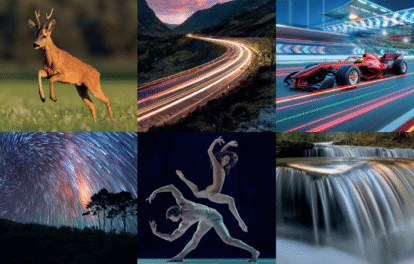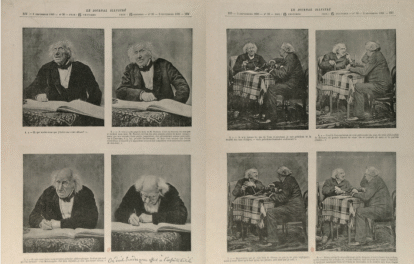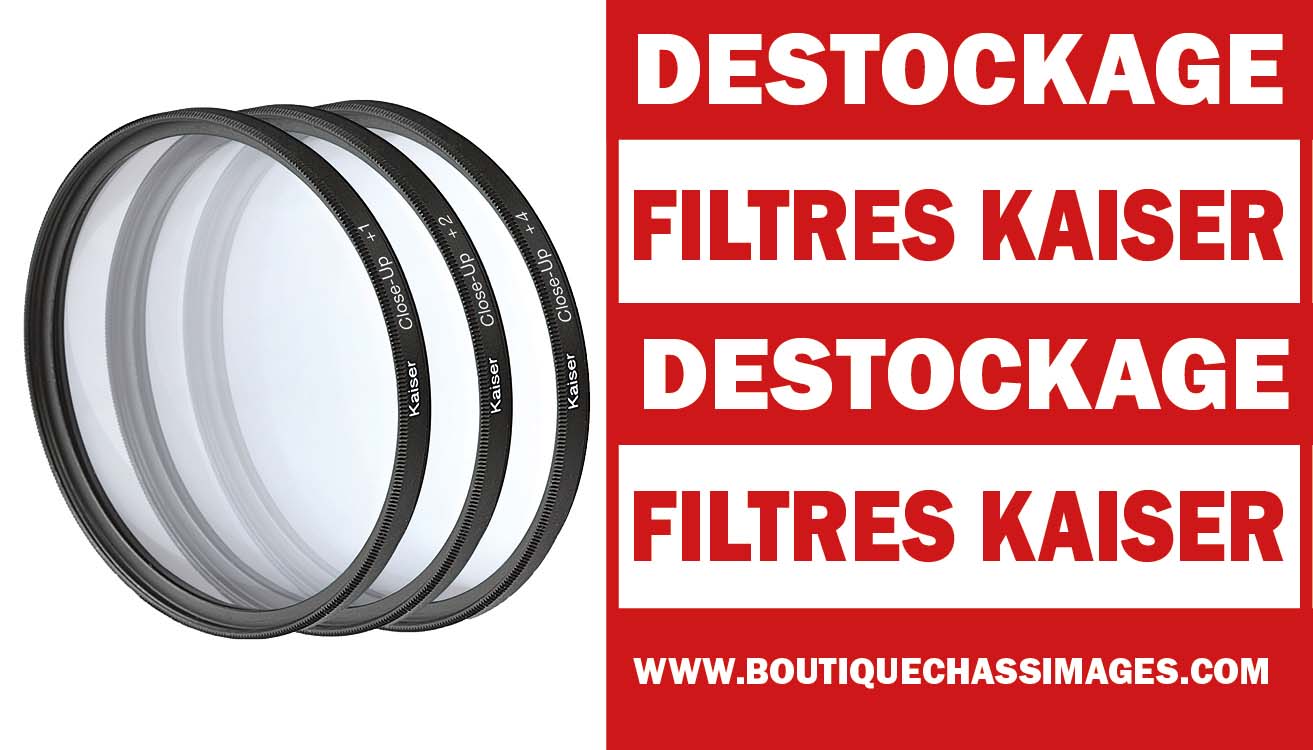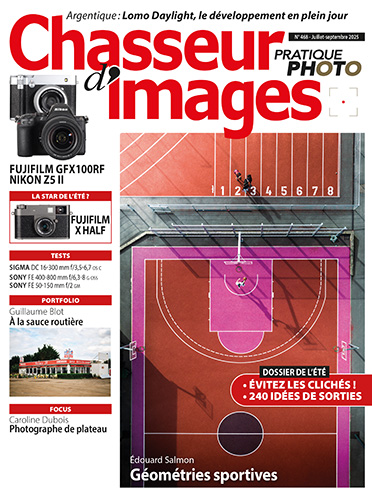Video
The Lumix DMC-FZ2500/FZ2000 has a ton of stills-related features, but its real focus is video. It offers nearly the same feature set as the GH4, including system frequencies (59.94p/50p/24p), DCI and UHD video resolutions, 4:2:2 10-bit video out, and support for V-Log L gamma (as a paid upgrade), but adds useful video features built-in ND filters, smooth iris control, and a 5-axis ‘hybrid’ OIS when shooting 1080p.
In fact, about the only things you give up relative to the GH4 are SDI/XLR support (which require an interface unit on that camera) and anamorphic shooting. It can stand on its own as your main video camera, or serve as a B-camera for a GH4 or similar. This is a camera with a lot to like for video enthusiasts!
Resolution, codecs and bit rates
Panasonic publishes an enormous table of all of the various resolution/codec/bit rate combinations and we’ll break it down into something (hopefully) simpler.
| Container | Frame rate | Bit rate | Compression/Audio | |
|---|---|---|---|---|
| DCI/Cinema 4K 4096 x 2160 |
MOV/MP4 | 24p | 100 Mbps | IPB / LPCM |
| UHD 4K 3840 x 2160 |
29.97p | |||
| 25p * | ||||
| 24p | ||||
| 23.98p | ||||
| MP4 | 29.97p | IPB / AAC | ||
| 25p * | ||||
| 23.98p | ||||
| Full HD | MOV / MP4 | 59.94p | 200 Mbps | ALL-Intra / LPCM |
| 50p * | ||||
| 29.97p | ||||
| 25p * | ||||
| 24p | ||||
| 23.98p | ||||
| 59.94p | 100 Mbps | IBP / LPCM | ||
| 50p * | ||||
| 29.97p | ||||
| 25p * | ||||
| 24p | ||||
| 23.98p | ||||
| 59.94p | 50 Mbps | IPB / LPCM | ||
| 50p * | ||||
| 29.97p | ||||
| 25p * | ||||
| 24p | ||||
| 23.98p |
* PAL regions only
To preserve everyone’s sanity, we’re going to stop there. It is worth mentioning that the FZ2500 can also use AVCHD to capture lower bit rate video at the same resolutions, plus interlaced versions. Regular HD (720p) video can use AVCHD or MP4.
It’s almost important to note that you’re going to need an extremely fast SD card for those high bit rates. You’ll want an SDXC card that supports UHS Class 3 speeds which, thankfully, are relatively inexpensive these days.
Variable Frame Rate
The DMC-FZ2500 lets you select the frame rate of your choice, for both quick motion (2-28 fps) or slow motion (27-120 fps) at Full HD sizes. This footage can be set to play back at 29.97p, 25p, 24p or 23.98p.
A ‘Slow and Quick’ mode lets you use the Fn1 and Fn2 buttons to jump between 2x and 1/2x the selected frame rate, respectively – while recording.
There’s also a ‘Dolly Zoom’ feature that lets you simulate the effect seen in movies like Vertigo and Jaws. This shows a target frame on the screen then automatically zooms the lens, while keeping the same point in focus. If you move the camera towards or away from the subject (ideally on a dolly or rail) while keeping your subject in the target frame, you get a 1080 clip with a dolly zoom effect, with your subject’s size maintained but the background changing dramatically. You can see an example of Panasonic’s implementation on one of its camcorders here.
Capture Aids
 |
| The camera’s info display can be set to be video-centric. |
You name it, and the FZ2500 has it. Helpful tools for capturing video include:
- Focus peaking
- Zebra pattern
- Master pedestal level (-15 to +15)
- Luminance level (0-255, 16-235, 16-255)
- Time code
- Count up (Rec run, free run)
- Time code value (Manual input, current time)
- Time code mode (Drop frame, non-drop frame)
- Sound output (Real-time, recorded sound)
- Mic level adjust (-12 to +6 db)
- Mic level limiter / wind noise filter
- Shutter speed / gain operation (Sec/ISO, Angle/ISO, Sec/dB)
- Color bars (SMPTE, EBU, ARIB)
The FZ2500 also has a control panel that’s exclusive for video. It displays things like frame rate, time code, audio level and more.
Gamma options
By default the camera offers Cinelike Gamma D and V. The former is the flatter of the two if you’re expecting to color grade your footage. The FZ2500 lets you adjust contrast, sharpness, noise reduction, saturation, color tone, hue and filter effect (monochrome only) for those and all of the Photo Styles.
For the serious videographer Panasonic offers V-Log L support as a $99 add-on. V-Log L has a ‘similar characteristic curve to Cineon’ and captures 12 stops of dynamic range: the same as on the GH4.
Video output
The last big feature in this area is its ability to output 10-bit 4:2:2 4K video to an external recorder over HDMI. Since 4:2:2 is retaining twice as much chroma data as 4:2:0, you end up with twice the vertical color resolution, which helps preserve smoother gradation and edge resolution. The additional bit-depth further increases the gradability of the camera’s footage. It means that the camera can record more tonal information, which is especially valuable if you’re using a Log gamma curve to compress a wide range of tones into a relatively small bit-depth, since it allows this information to be pulled back out with less risk of posterization.
10-bit isn’t available while recording to an SD card but the camera can still output 8-bit 4:2:2 video over HDMI while simultaneously recording 4:2:0 to its SD card.
Time code data is also sent over HDMI for external recorders such as those from Atomos, Blackmagic and Video Devices.
All of this is a big deal, as these features were previous reserved for more expensive ILCs such as Panasonic’s own GH4.















